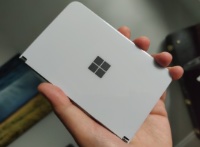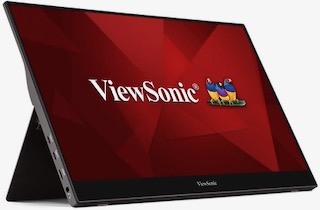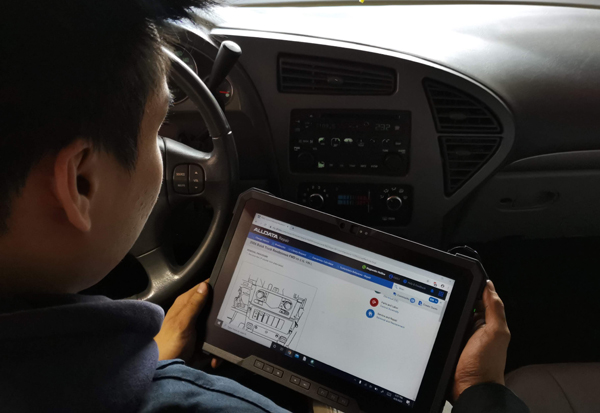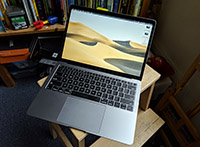Google to bring a built-in ad filter into Chrome next year
 Friday, June 2, 2017 at 2:45AM
Friday, June 2, 2017 at 2:45AM 
In hopes to clean up its browser of “annoying or intrusive advertisements,” Google is creating its own ad filter for Chrome in the coming year. The company doesn’t want to call it an ad blocker as it will just block any pages that have ads that don’t meet Chrome’s guidelines. Examples are videos that auto-play with sound or interstitials that take up an entire screen. Sridhar Ramaswamy, the executive in charge of Google’s ads, says that even ads “owned or served by Google” won’t be exempted. The filter will work for both mobile and desktop. They will introduce a tool that can help publishers determine if the ads they have on their site are in violation of Chrome’s guidelines.
In concept, the idea of an ad filter can be used for good. It’ll help improve performance, since bad ads are known to make browsing slower and more annoying to users—giving you a better experience online. But this also puts into the hands of Google, an ad company, a whole lot of power over what ads we can or can’t see. It can put publishers in a bit of a bind as well as help cement Google’s dominance. But Ramaswamy says their goal is to make online ads better. “We believe these changes will ensure all content creators, big and small, can continue to have a sustainable way to fund their work with online advertising.” But again, we still can’t help but think about the implication of this move.
 Print Article
Print Article  Permalink tagged
Permalink tagged  Google Chrome,
Google Chrome,  ad blocker,
ad blocker,  ad filter,
ad filter,  ads,
ads,  web browser
web browser  Email Article in
Email Article in  Google,
Google,  Mobile,
Mobile,  News,
News,  Press release,
Press release,  Web,
Web,  app news
app news 




















